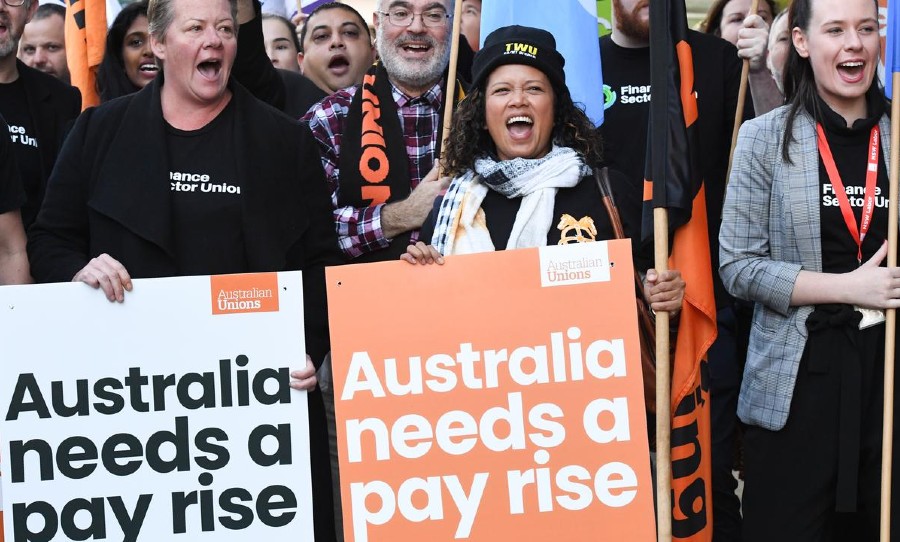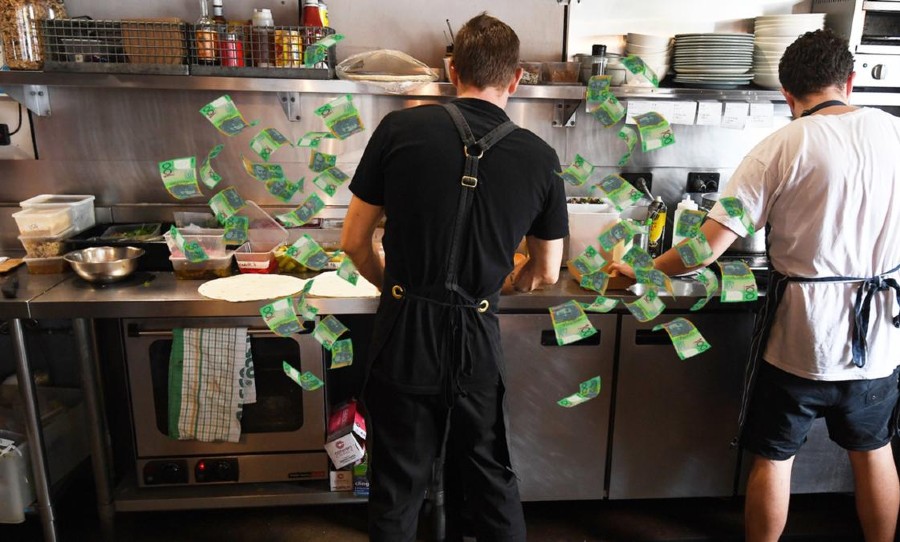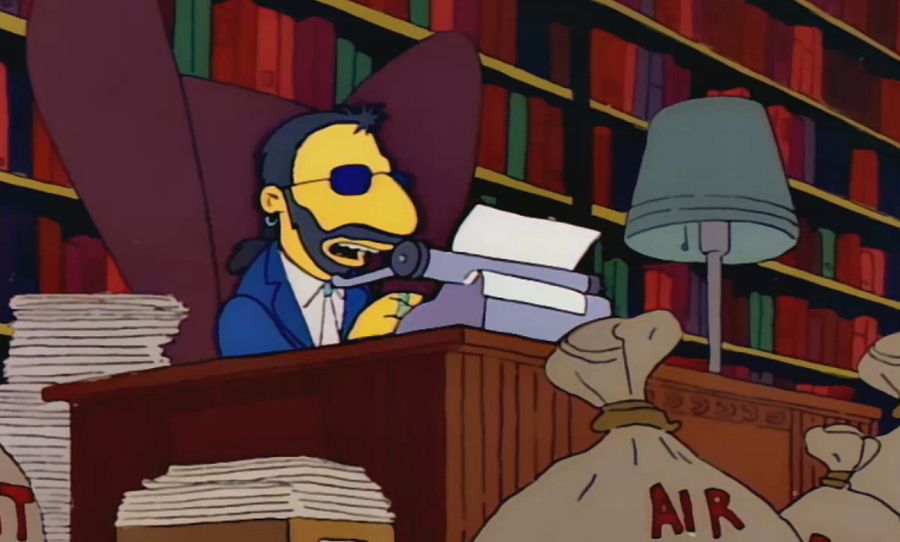Pros: the wage is set to increase by 2.5 per cent. Cons: some industries are going to be delayed in receiving the increase.
Here’s the (financial) tea in case you weren’t aware – Australia’s current national minimum wage is $19.84 per hour – $753.80 in total for a 38-hour working week, established after last year’s financial review (which was delayed for at least three months for many workers.)
With the new increase beginning on July 1, Australia’s lowest-paid workers will be receiving an $18.80-a-week wage increase. Basically, the wages will change to $20.33 per hour, or $772.60 in total for the working week.

This increase is going to be a roll-out kind of deal, though. The July 1 roll-out will affect a majority of the 2.3 million people currently on award rates or the minimum wage.
However, employees in the general retail industry who receive such award rates will have to wait an extra two months (September 1).
Even longer of a wait will be for people receiving aviation, fitness, tourism and certain retail sector awards – which will increase for them by November 1.
Iain Ross, Commission President, stated that the economic recovery was in motion, but with remaining downside risks,
“In particular, the risks of domestic outbreaks and of ongoing disruptions to other major economies. The pace of the vaccine rollout also remains a risk,” he stated.
Additionally, the superannuation guarantee allegedly will rise half a percentage point to 10 per cent from the start of the next financial year just around the corner – according to the expert panel.
“But we have not applied a direct quantifiable discount to the minimum wage increase,” Ross said.
Australia’s federal minimum wage moves slightly above AUD 20 ph. Not enough. But above USD 15 per hour at current exchange rates – let alone $7.25. Come on US. Catch up. You can afford it.
— Steven Hail (@StevenHailAus) June 16, 2021
While some look at the glass half-full with this increase, some people see the glass as half-empty.
Unions had called for a 3.5 per cent increase/an extra $26 per week, but the Morrison government warned against a major rise, proposing it could weaken employment in small business during the coronavirus pandemic.
There is a point there, but a whole one per cent increase proposed by Unions surely wouldn’t dampen small business detrimentally.
Secretary Sally McManus of the Australian Council of Trade Union commented that the 2.5 per cent increase for 25 per cent of the workforce was thanks to unions consistently fighting for it.
“For workers on the minimum wage it’s not going to be enough to keep up with the cost of living,” she stated.
She also added that it was “extremely disappointing” that workers of other industries will have to wait longer than others to receive the increase.
Again, she is not wrong. While the increase is better than nothing at all, it still isn’t going to be enough to achieve sustainability for many people, like for workers who have families or ongoing medical issues or,
“Especially those who have worked throughout the pandemic and whose employers have posted record profits,” she said.
Unsurprisingly, major employer groups had urged the commission to limit its increase to 1.1 per cent, or $8.29 a week.
Are you telling me that $20 an hour is the minimum wage in Australia rn
— Boomer Chad 🇦🇺 (@KingCollo404) June 16, 2021
Chief executive Jenny Lambert of the Australian Chamber of Commerce and Industry said the commission’s decision was a ‘bitter pill to swallow’ for roughly 230,000 small businesses.
While an increase is needed, the current pandemic does play a part in how this could be risky, especially to Melburnian businesses.
“Australians who have managed to battle on through, keep their business afloat and keep people in work now face a highly risky hike in wages – always their biggest cost,” Lambert said.
She also points out that with sectors such as tourism, education and agriculture being damaged by the Australian international border closure,
“A 2.5 per cent increase to award wages now is premature and irresponsible.”
The wage battle continues.



